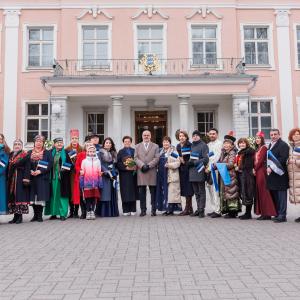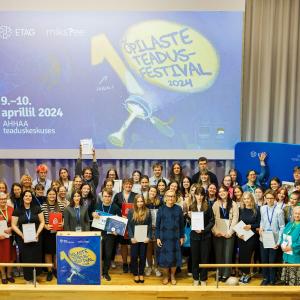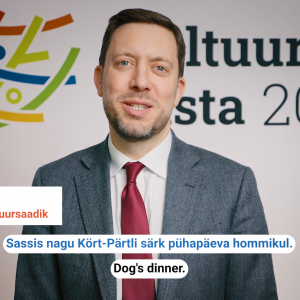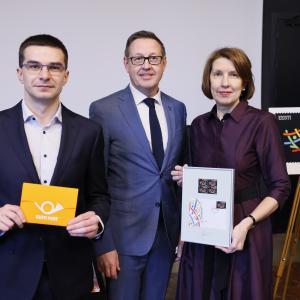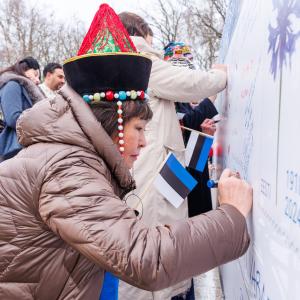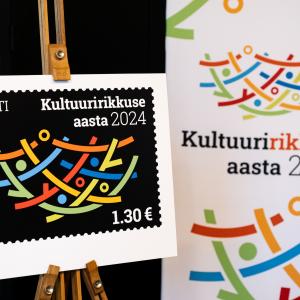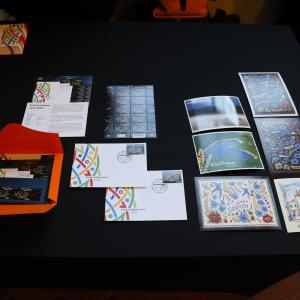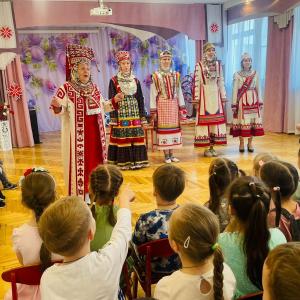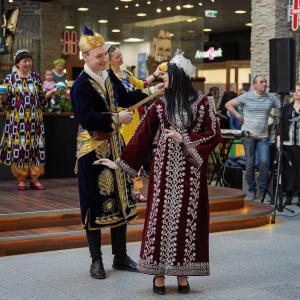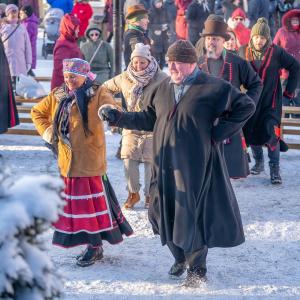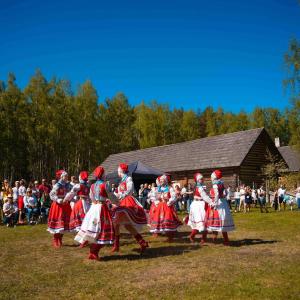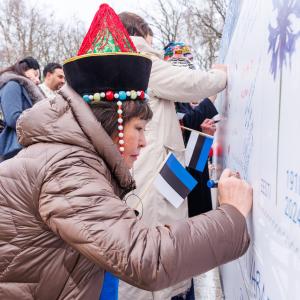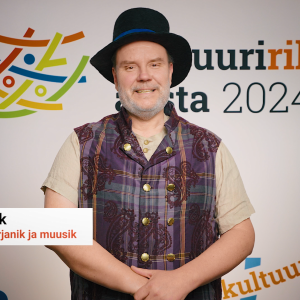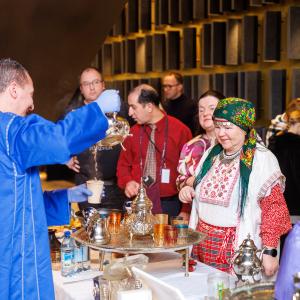Together with Eero Raun, project manager of this theme year, we explored ways to further increase our focus on the cultural diversity of our communities and peoples in the coming months.
What are we trying to achieve with the Cultural Diversity Year?
At the initiative of the Ministry of Culture, 2024 was chosen as the Cultural Diversity Year. The Estonian name of the year is Kultuuririkkuse aasta and the Russian translation is Год богатства культур. The aim of the theme year is to strengthen attitudes – to make Estonian people more aware of and value Estonia as a traditionally culturally diverse society. We want to stimulate communication and contacts between different communities and national minorities in Estonia, and to support greater awareness of their traditions and cultural events.
The Integration Foundation as the main organisation responsible for the theme year has expanded its reach and network of contacts, involving a wide range of partners in the day-to-day organisation and implementation of events. The Competence Centre for Physical Activity, which organised the Be Active Year 2023, smoothly handed over the baton to us.
In cooperation with the county specialists of the Estonian Centre of Folk Culture, the opening events of the theme year were held in all counties in January, and National Minorities Day will be celebrated just as widely in September. We maintain close contact and exchange information with many cultural associations representing both ethnic minorities and Estonian-speaking communities. The list could be extended to include many more partners – schools, museums, Let’s Do It, Tartu 2024, etc.
What has already been done?
It is encouraging to see that different communities are increasingly taking the initiative to organise events together and make their own lives more meaningful. Working alone can often be hampered by resource constraints, whereas combining efforts can go a long way and deliver outstanding results. Vyshyvanka Day initiated by Ukrainians and a stage of cultural diversity erected in the Old Town of Tallinn for three days, as well as signing a congratulatory card for Estonia in Kadriorg together with the presidential couple are great examples of this. In a national competition for student research organised by the Estonian Research Council, we awarded a special prize for the best study on cultural diversity in both primary and secondary school. In cooperation with Eesti Post, the Cultural Diversity Year stamp and envelope were created.
The ability to cooperate systematically and to find new partners is both a constant focus of development for the theme year, and on the other hand, a great way to gain more attention and reach as many target groups as possible in a highly fragmented information space. The Cultural Diversity Year will include not only communities of different ethnic or religious backgrounds, but also the scientific community, people with disabilities, different subcultures, and many others. In maintaining a sense of direction amidst this cultural diversity, we gain new insights into the inner wealth of our tiny Estonia.
What to be prepared for in the coming months?
In the second half of the year, upcoming activities include a theme year area in Paide at the Opinion Festival in August, an integration conference in Tallinn in November, and a charity concert of unions of national minorities at Christmas. But the busiest time will be the second half of September, when we celebrate the National Minorities Day in Estonia.
One of the most important days in the process of regaining independence was 24 September 1988, when the Estonian National Minorities Forum, chaired by TV journalist Hagi Šein, declared support for Estonian statehood and a democratic system of government. This event has been commemorated and celebrated for many years with the National Minorities Day, during which representatives of different national minorities have come together for an annual forum and held the vibrant Etnolaat Fair in the Town Hall Square of the capital.
This year, we are approaching the celebration of the National Minorities Day in line with the theme of the year – we are involving communities all over Estonia. On one day, a number of cultural societies will open their doors to new visitors at their venues to bring people closer together. Before and after, however, they will attract our attention in places where we can celebrate the diversity of Estonian cultures together. All this in cooperation with organisations that bring together most of the Estonian and ethnic minority communities: the Estonian Centre of Folk Culture, the International Union of National Cultural Associations ‘Lüüra’, and the Estonian Union of National Minorities. Hopefully, this will start a tradition that will keep us even stronger together in the future.
What can each of us do to boost the theme year?
Notice, cherish, and preserve. Cultural diversity is all the differences that unite us: from food and experiences to art and the future.
Above all, it is worth exploring everyday life, for example to find things in common in favourite foods and drinks, to notice the diversity of cultures in music, to incorporate national patterns into everyday clothing, to study the history of your family, and to find connections in old customs.
Joint activities are equally valuable – for example, we could meet each other more often, volunteer for our local community, discuss everyday issues, look for common ground in our traditions, and celebrate holidays together.
What if you are planning an event that fits the theme of the Cultural Diversity Year?
Please share this opportunity with everyone. We have created a calendar on the website of the theme year www.kultuuririkkus.ee, where everyone can create initiatives and save the ones that interest them. We thank everyone who has already added their own events that relate to the theme year! If you, your community, city, or county has an event that could fit into our calendar of events, you are welcome to add it.
How to stay up to date?
We welcome all contributors to the website kultuuririkkus.ee and to the social media account www.facebook.com/kultuuririkkuseaasta. We use these sites to bring together everyone and everything that represents our cultural diversity, but also to share it. For example, a comprehensive database with the contact details of nearly 300 national minority cultural societies and over 1,000 Estonian cultural societies operating in Estonia was created on the website. Meanwhile, on social media, we publish fascinating observations about holidays and folk customs, food and dances, worries and joys that illustrate the daily routines and celebrations of the 216 nationalities living in Estonia.
Interviewed by Alena Stadnik, Communications Manager of the Cultural Diversity Year.


